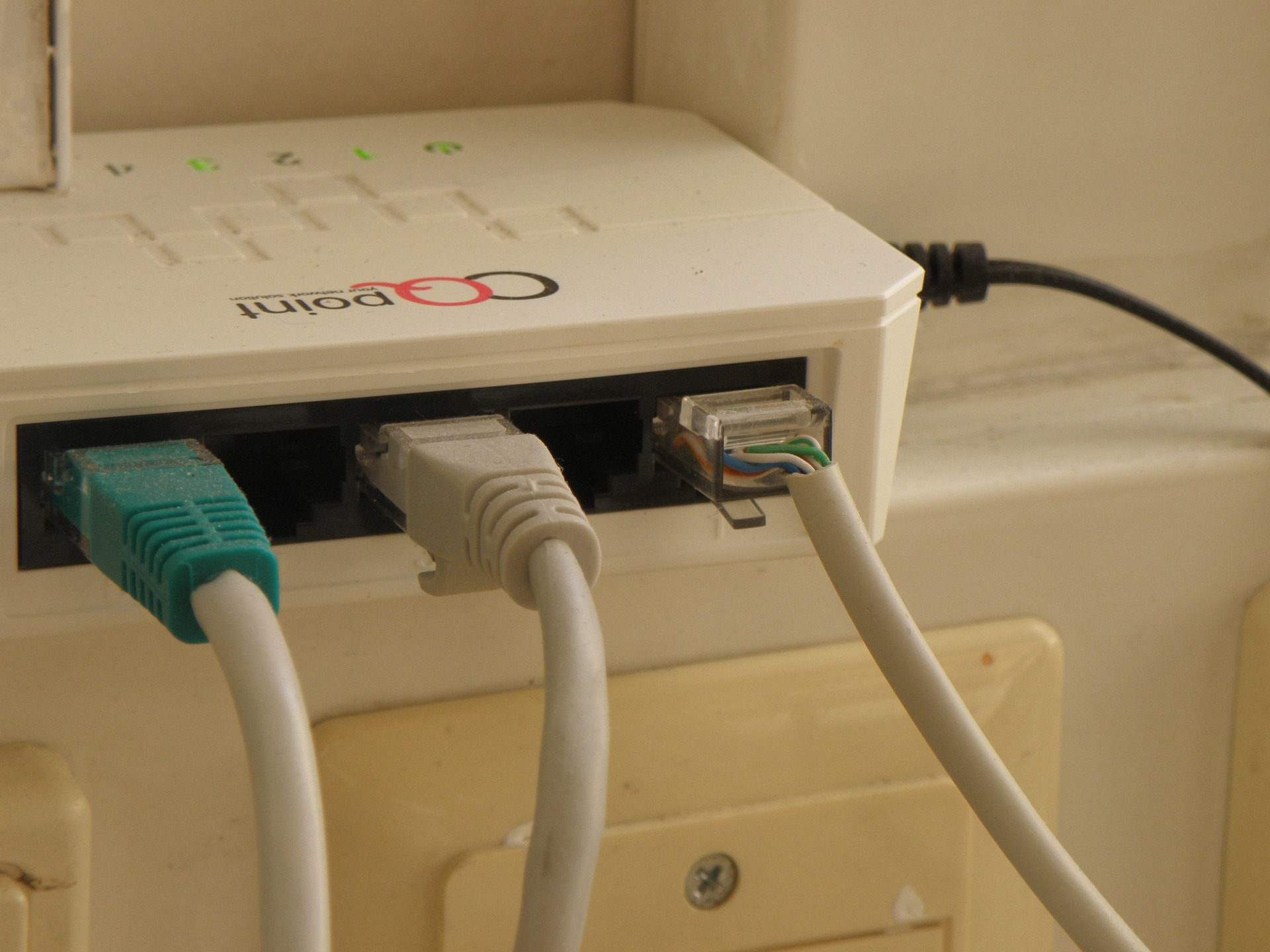Decoding the Impact of SD-WAN on Modern Telecommunications
As we navigate the digital landscape, the demand for reliable, high-speed internet connectivity continues to surge. The need for efficient data transfer has never been more urgent, introducing a fresh player on the telecommunications stage: Software-Defined Wide Area Networking (SD-WAN). But what does this mean for modern businesses and individual users?

SD-WAN has emerged as a transformative solution in the world of telecommunications, promising more efficient, flexible, and cost-effective networking. With its roots tracing back to the early 2010s, this technology has rapidly evolved, driven by the increasing digital demands of modern businesses.
The Advent of SD-WAN
Software-Defined Wide Area Networking was born out of the necessity to simplify the management and operation of WAN. Traditional WAN was not designed to handle the increasing demand for cloud-based services and applications. The advent of SD-WAN marked a significant turning point, heralding a new era of flexible, scalable, and cloud-ready networking solutions.
Current Industry Trends and Insights
With the widespread digital transformation, SD-WAN has gained significant traction in the telecommunications industry. Experts predict that the SD-WAN market will reach $4.1 billion by 2023, a testament to its growing popularity. A prominent trend is the adoption of SD-WAN by businesses of all sizes, facilitated by its ability to support a diverse range of applications and services.
The Impact of SD-WAN on Telecommunications
SD-WAN’s impact on modern telecommunications cannot be overstated. Its ability to optimize network performance while reducing costs is a game-changer. Businesses are now able to manage their networks with unprecedented flexibility, scalability, and visibility, allowing for improved efficiency and productivity.
The Challenges and Practical Applications
While SD-WAN provides numerous benefits, it is not without its challenges. These include the need for advanced security measures, potential compatibility issues, and the requirement for skilled IT personnel to manage and operate the network. Despite these challenges, the practical applications of SD-WAN across various sectors, from healthcare to retail to education, are vast and continue to grow.
Backed by Research
All these claims are backed by research and various case studies that highlight the transformative potential of SD-WAN. For instance, a study by Gartner found that SD-WAN reduces WAN expenses by up to 50%, while IDC reports that 95% of businesses surveyed experienced improved application performance after deploying SD-WAN.
In conclusion, SD-WAN is reshaping the landscape of modern telecommunications, presenting an innovative solution to the challenges of traditional WAN. Its impact, challenges, and practical applications are a testament to the evolving nature of this industry. As we move forward, it is clear that SD-WAN will continue to play a crucial role in the digital transformation journey, changing the way we connect, communicate, and conduct business.




